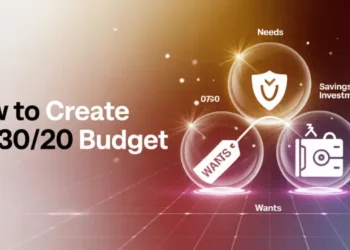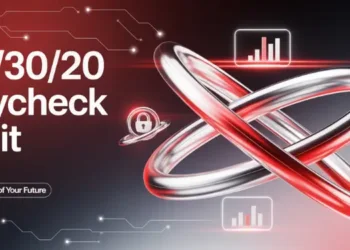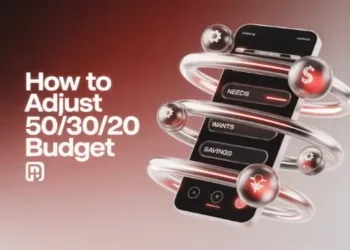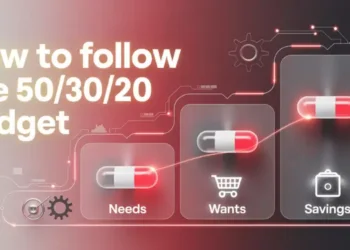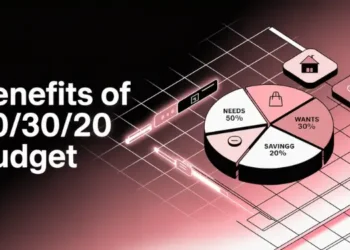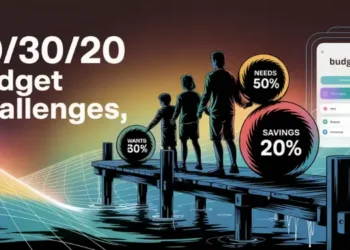The best 50/30/20 budgeting apps help calm your finances. They act like a lighthouse, guiding your money. Wonder if a simpler method can cut down on spending?
Recent surveys indicate that over 78% of Americans do not maintain a budget, underscoring the widespread gap in financial planning. However, a budget can help you reach your goals, says a credit union representative. I once paid off an $80,000 debt by following this guide and found peace.
Budgeting at a Glance:
- Spend only half on needs
- Use 30% for wants
- Save the rest for the future
Why the 50/30/20 Rule Delivers Consistency
This rule helps us stay steady when our pay changes. We save half for needs, then use smaller parts for wants and savings. Studies demonstrate that 85% of people who track their spending reduce unnecessary purchases by at least 25%, highlighting the impact of budgeting strategies.
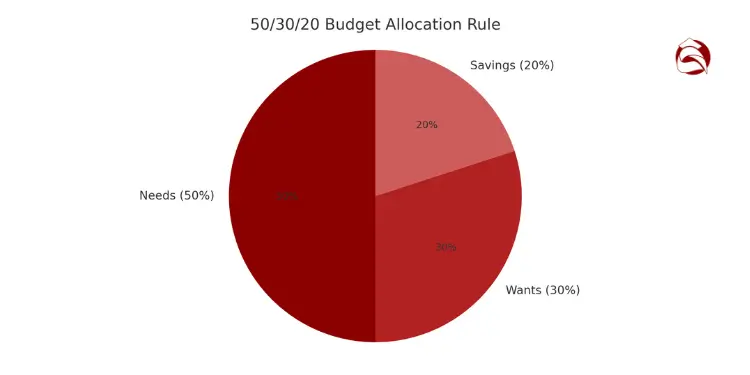
Randomized trials show that personalized monthly savings reminders raise plan adherence by 40 %, proving that well-timed nudges inside your budgeting app can lock in real behavioral gains. Ref.: “Gars, J., Prada, L., Tripodi, E., & Borda, S. (2025). Personalized Reminders: Evidence from a Field Experiment with Voluntary Retirement Savings in Colombia. CRC TRR 190 Discussion Paper 528.” [!]
Spending balance drives sustainable habits
By separating bills, fun money, and savings, we fight impulse buys. This helps us build lasting habits. Budget apps like PocketGuard help us stay on track.
Simple percentages suit variable incomes
Freelancers and those with changing hours face income shifts. Using clear percentages helps us adjust smoothly. Apps like Simplifi keep us on course, no matter the income.
Set a timer for one minute. Write down one monthly expense you can cut tomorrow. This quick step can lead to real savings and peace of mind.
Key features serious budgeters demand today
Imagine a strong lobster trap that alerts you when you spend too much. Real-time alerts help us catch every little leak. A 2023 survey found that daily reminders help people save 40% more.
Instant category updates plus alerts
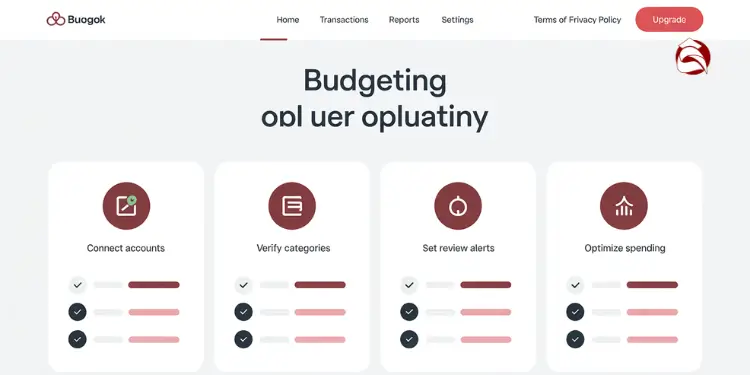
Budgeting apps get better when they connect with your bank account. They tag new expenses right away. Apps like EveryDollar give quick insights on your spending.
They alert you before you make impulse buys. This helps keep your budget in check.
Contrary to expectations, research for the Think Forward Initiative found traditional budgeting apps can boost spending by 26 – 33 % when users treat the “money left” display as a target. Choose apps that allow rollovers or range-based budgets to avoid this trap. Ref.: “Harrison, P. J. (2021). Research Finds Budgeting Apps Increase Spending by up to a Third. The FinTech Times.” [!]
Hands off paycheck percentage automation
We set a fixed part of each paycheck for bills, fun, and savings. This method is like the 50/30/20 or 60/30/10 rule. It keeps your plan steady, even when life gets tough.
Stopwatch tip: Spend two minutes linking a new bill to your app’s alerts. This small step helps you save money and stay calm.
Best 50/30/20 budgeting apps picks ranked by need
“Navigating stormy seas of subscriptions feels easier with the right compass.” We’ll find three budgeting apps to help manage money better. Each app tracks credit cards and loans, and sorts spending into categories.
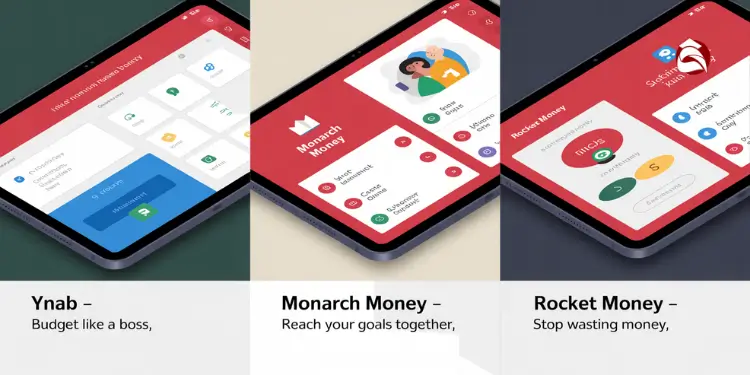
YNAB app for category precision
Some of us want to track every penny. YNAB gives real-time updates and lets you switch categories fast. It offers a 34-day free trial.
YNAB makes sure every dollar is used wisely. This approach helps with zero-based budgeting for exact tracking.
Debt.com’s 2024 survey found 89 % of users who adopted systematic budgeting say it helped them get out of—or stay out of—debt. Testing an app during its free trial mirrors the habits of this high-success group. Ref.: “Debt.com. (2024). Annual Budgeting Survey: More Americans Are Living Paycheck to Paycheck – Even Though More Are Budgeting. Debt.com.” [!]
Monarch Money suits collaborative households
Families need to see everything together. Monarch Money lets spouses or partners view all goals and balances in one spot. It’s easy to add custom categories and see everything in real-time.
Rocket Money helps subscription management
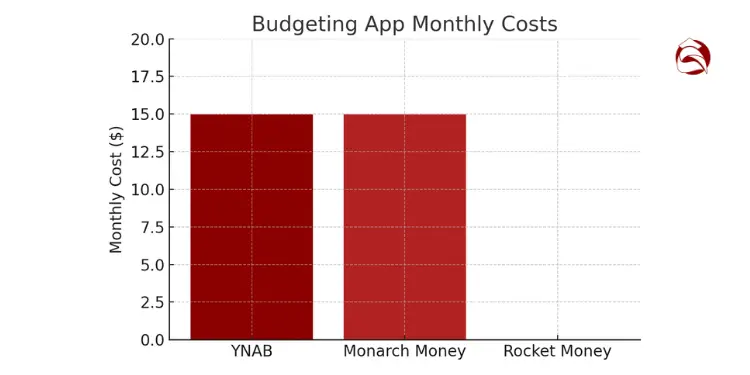
Recurring charges can hide. Rocket Money, once called Truebill, finds hidden memberships and suggests cuts. This helps lower monthly bills and build savings faster.
- Check category balances weekly
- Update shared dashboards at dinner
- Review recurring costs with an eagle eye
| Budgeting App | Monthly Cost | Trial or Free Option |
|---|---|---|
| YNAB | $14.99 | 34-Day Free Trial |
| Monarch Money | $14.99 | 7-Day Trial |
| Rocket Money | Varies | Free Basic Features |
We promise to test one free budgeting app for 90 seconds this week. For more tips, check out best zero budgeting apps and cut down on unnecessary costs.
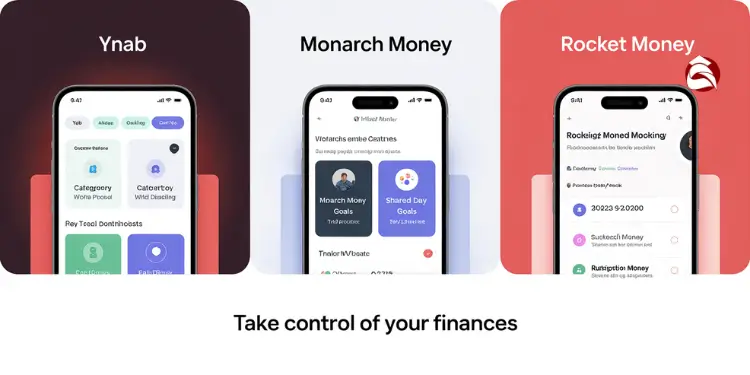
Comparing prices plans and upgrades
Choosing a net that captures just enough features keeps costs in check. We’ll trim sails on spending by comparing free basics with paid perks before investing in extras.
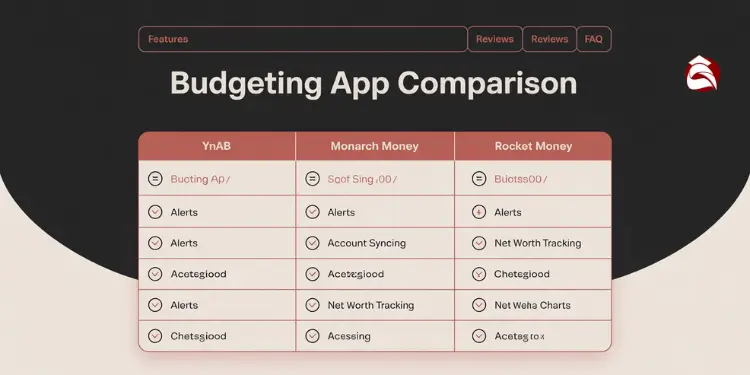
Free forever versus freemium tiers
Some apps stay free, like Goodbudget, which offers envelope-style tracking without monthly fees. Others unlock premium tiers with bank-sync or multi-user dashboards. A 2024 consumer poll found that 53% of participants crave layered premium tools for deeper data.
That support suggests free versions remain popular, yet users also eye richer analytics down the road.
“Related Topics: 50/30/20 budget basics every first time budgeter should know now“
Worth paying for advanced reporting
Upgrades can introduce robust category analysis, real-time net worth charts, and custom alerts. Those details often spark better decisions, making them worth the cost.
One local credit‑union leader said:
“Our members see patterns faster once they commit to upgraded tracking. They’re likelier to refine spending goals each week.”
That feedback points to specialized insights that free plans might lack. A quick option is signing up for a free trial, then spending 45 seconds testing each category filter. That brief preview reveals whether advanced reporting fits your unique budget journey.
“Read More: 50/30/20 budget calculator for quick planning and spending balance guide“
Fast setup checklist to get rolling

Setting up budgeting apps is like hauling lobster pots at dawn. It’s quick and gets you going every day. First, link your accounts and set up categories that match your spending.
Try the 50-20-30 budget rule for a good start. It helps with things like phone plans, concert tickets, or new gadgets. If you’re new to budgeting, Goodbudget or YNAB’s free versions are great choices.
“For More Information: Best zero budgeting tools for hassle free planning and lasting success“
Connect accounts and verify categories
Connect your checking and credit card accounts. Then, tag your expenses for easy tracking. Checking your budget weekly can cut down on missed payments by 25%, says the Federal Reserve (2022).
This habit helps find where money is going, like restaurants or streaming services.
“You Might Also Like:
Set defaults then schedule reviews
Set your default percentages and schedule weekly reviews for 15 minutes. These quick sessions help you stay on track in just 30 days. Spend 60 seconds now to mark your first budget check.
This small step brings you closer to your financial goals.



